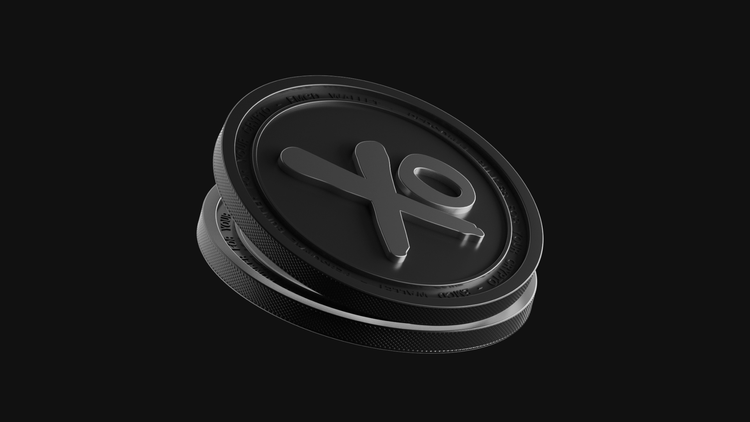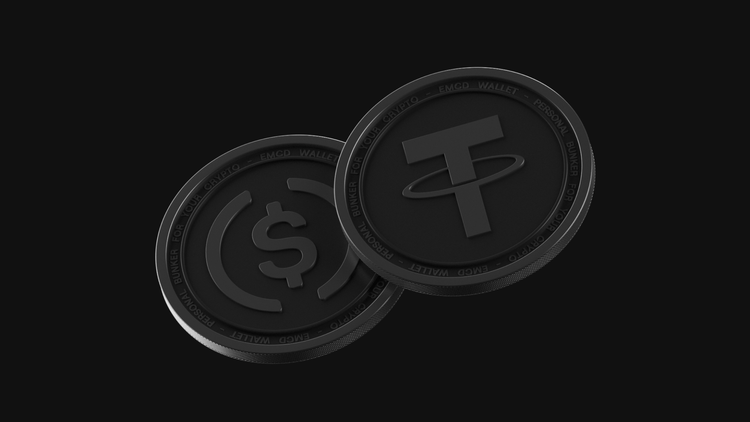What’s a 'Fork' in Crypto?

In short, it’s like a spin-off of a TV show. A 'fork' in programming is what happens when a product’s code becomes the foundation for creating a new one. The term comes from a visual analogy — one program, the fork’s ‘handle’, splits into several separate ones, the ‘teeth’. In the world of cryptocurrencies, forks are pretty common, and they can even become big on the market, just like a spin-off show can become a huge hit in its own right. But what exactly is a cryptocurrency fork, and can you earn from new branches of old coins? Let’s break it down.
Forks in Cryptocurrency — What Are They?
In crypto, a fork happens when an existing blockchain splits into separate branches. These branches usually start with a shared history but become independent after the fork. New transactions on one branch are no longer linked to the others.
There are two main types of forks:
- Soft Fork — A small update where only one branch remains active.
- Hard Fork — A major split that creates a new cryptocurrency while keeping the old one intact.
Sometimes, only one of the two branches survives after a hard fork. When this happens, the less popular coin fades away and the hard fork effectively turns into a soft fork.
Why Do Cryptocurrency Forks Happen?
Forks usually occur for reasons like these:
- Community disagreements — Bitcoin XT increased block size to address BTC's scaling issues
- Creating a new currency from an old one — Bitcoin Cash is an example
- Testing technical ideas — Bitcoin Unlimited lets users set their own block size
- Rule changes — Developers may alter how the network operates
- Bug fixes — Forks can resolve flaws in the system
Changes during a fork often involve:
- Block size
- Security rules
- Mining algorithm (e.g., moving from Proof-of-Work to Proof-of-Stake)
The main driver behind a fork is when developers try to change the system's rules but face resistance from validators (miners or stakeholders). Some validators update their software to align with the new rules, while others stick with the old ones.
This is how a hard fork happens –- and as a result, two independent coins appear. And if the developers manage to convince most validators to accept the necessary changes, a soft fork happens, instead. With the second scenario, the old branch of the coin normally just dies out, while the new branch retains the brand name and continues to work with the updated rules.
Can You Make Money from Forks?
In short, yes, you can — but it’s not without risks. The simplest way is to stockpile coins before a scheduled fork. After the split, you’ll still have your 'old' coins, and you'll also receive an equal amount of the 'new' ones. For instance, on August 1, 2017, all Bitcoin holders got an equivalent amount of Bitcoin Cash (BCH) when the fork happened. BCH became one of the most successful forks — as of November 2024, it traded at $495 per BCH (or 200 BCH for 1 BTC).
However, investing in new hard forks right after they launch can be risky. While the Bitcoin source code has spawned hundreds of projects, only a few forks have gained real popularity:
- Litecoin
- Dogecoin
- Bitcoin Cash
Sometimes, a hard fork hurts both the 'old' and 'new' coins. So, if you’re considering investing in a fork, proceed with caution and avoid putting large amounts into new branches of old coins. By the way, all the fork coins above are available in the EMCD Wallet.
With a good strategy and the right tools, forks can be a way to grow your crypto portfolio. Just be mindful of the risks and do your research.




